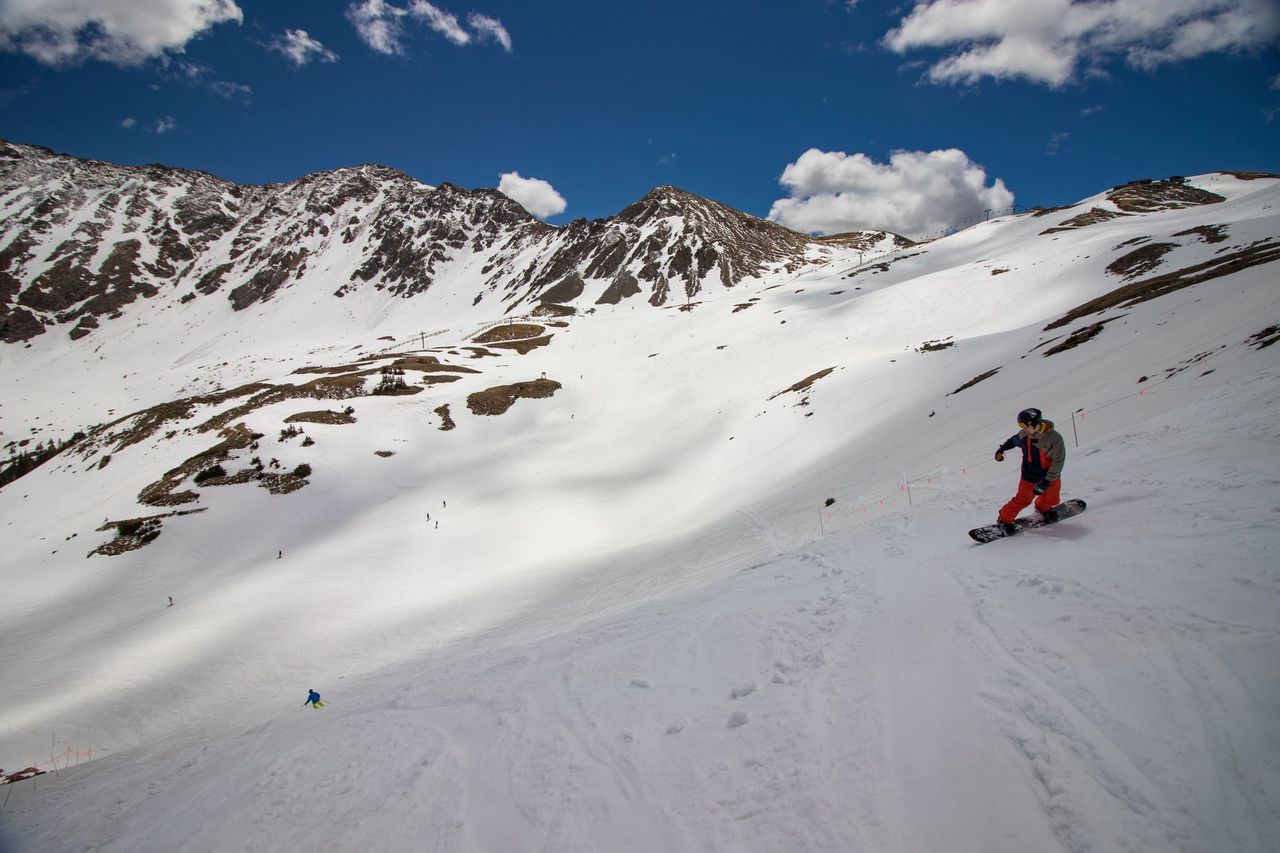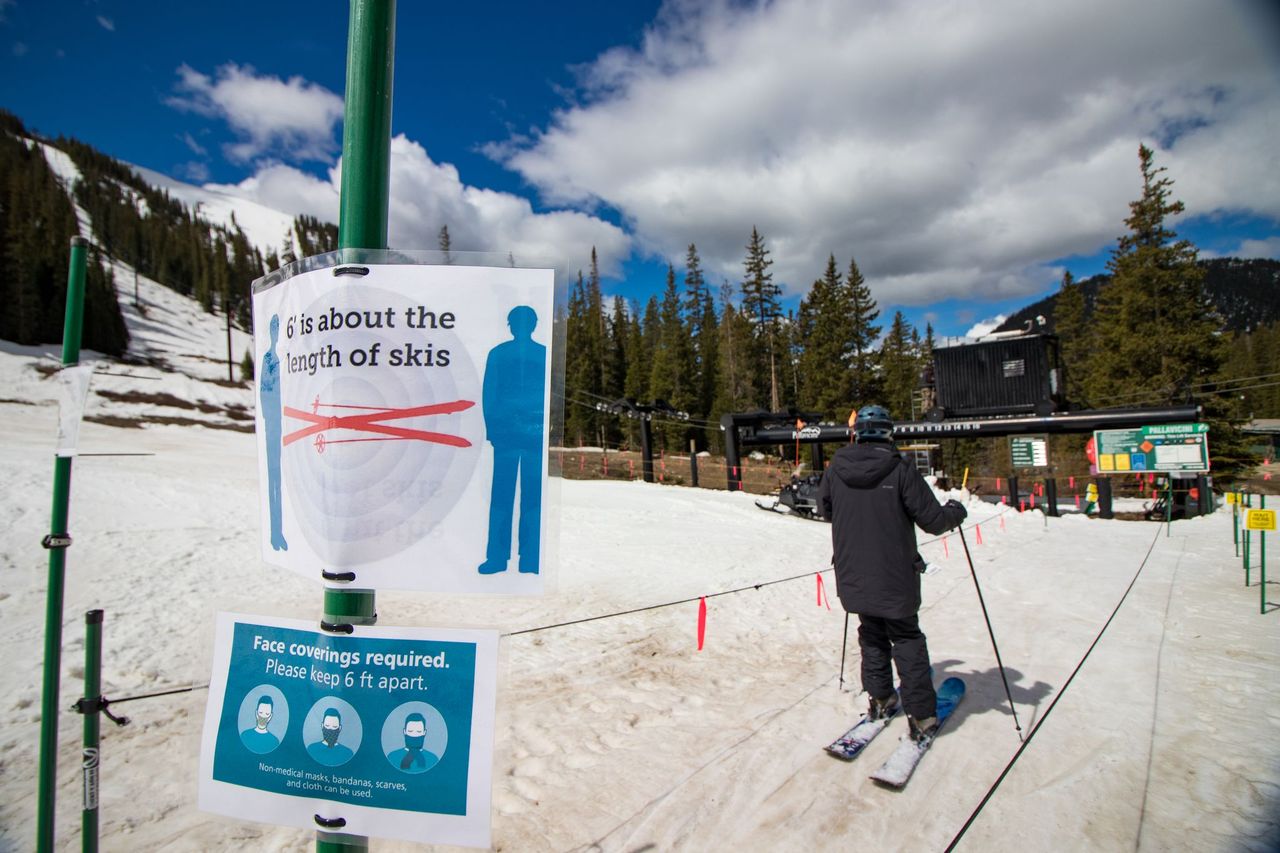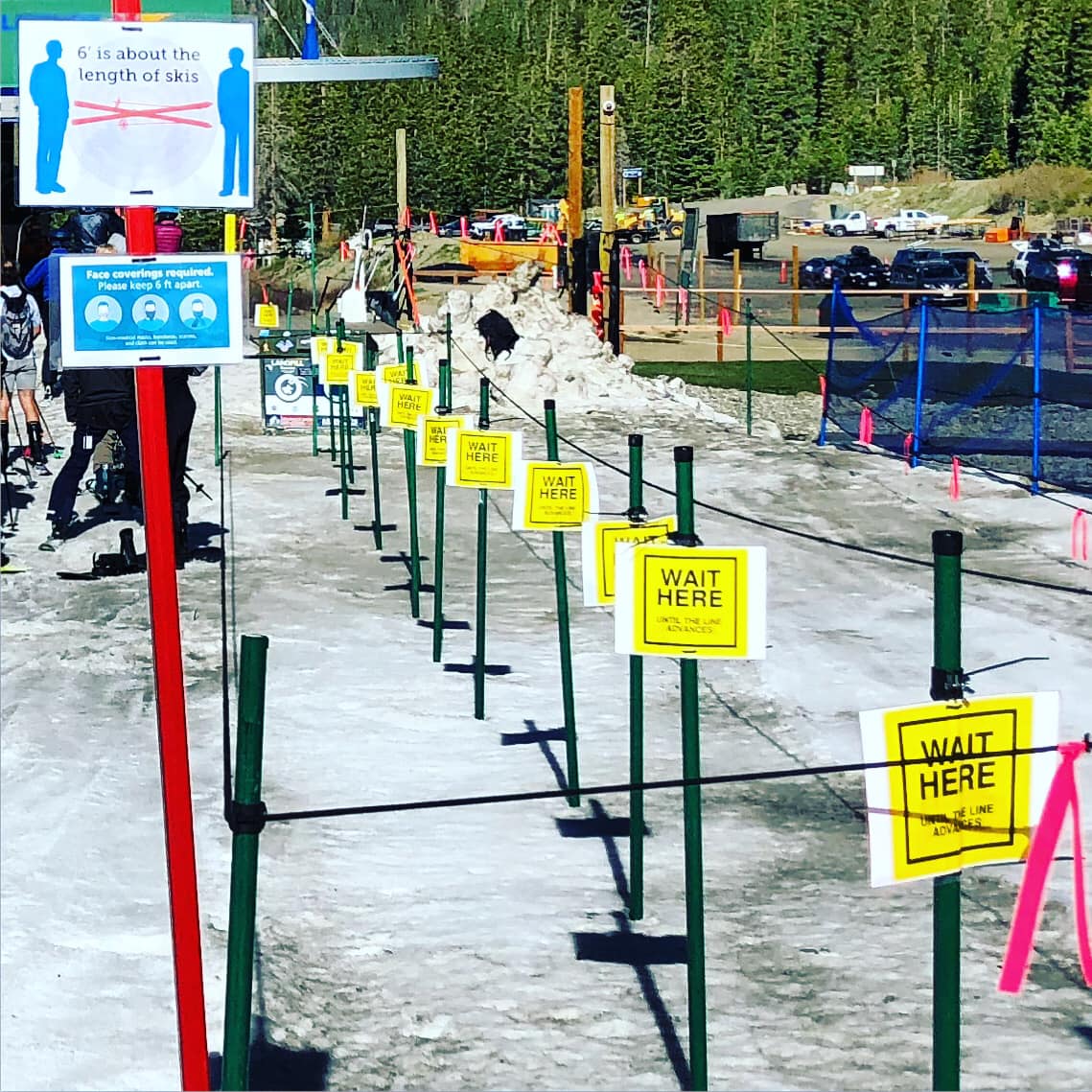Click to Validate a Visit in your Pass Portal | Go Behind the Snow 2024 Snow Conference & Trade Show

23–24 season sales are closed.
Kids’ Ski Passport
23–24 season sales are closed.
Gems Discount Card
Ask us about membership.
Gold Pass






